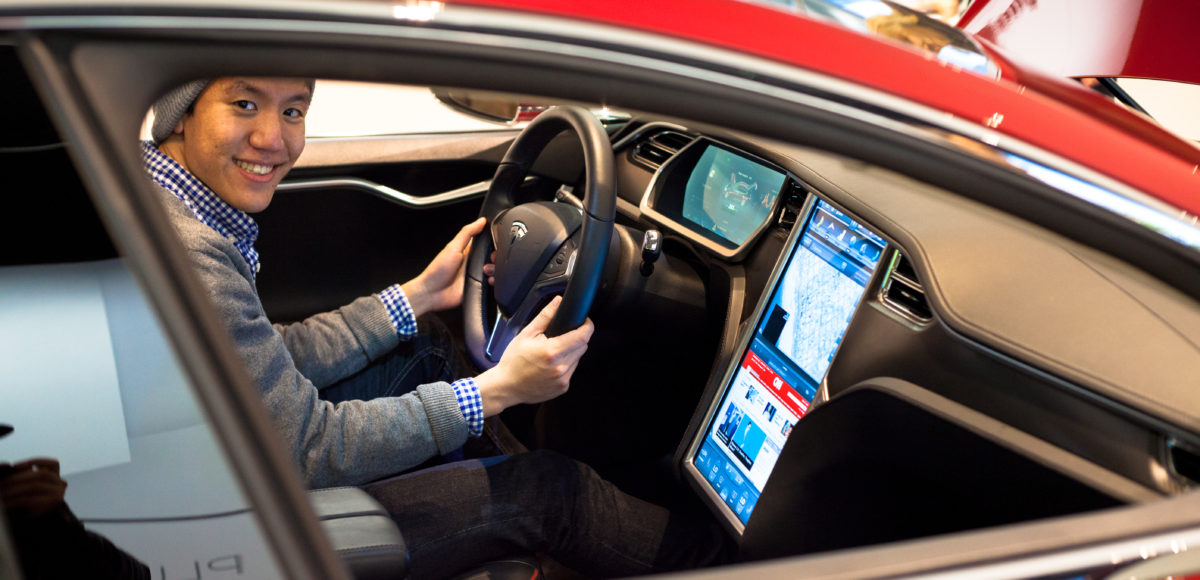Since it first launched its service in San Francisco in 2009, people have come to love the convenience of hailing an Uber. Two years after its introduction, Uber expanded to 7 cities. Now, it operates in 507 cities and 66 countries! Uber has become a part of many people’s everyday lives, helping applicants get to interviews, workers get across town, and even helping people connect to friends and family. And Uber continues to make headlines, bringing more services to consumers like food delivery and driverless cars. It’s no wonder the on-demand ride-hailing app continues to thrive. As a company, Uber understand people’s needs and how the market functions and responds in a way that betters the lives of both drivers and riders.
Despite the many benefits Uber provides to customers, some people detest Uber for their so-called predatory policy of raising the sticker price during times when many consumers are in need of a ride — whether to head back home safely from a night out or to avoid an impending snowstorm. People are upset and quick to point fingers at Uber, but what they need to know is that the whole point of surge pricing is to maximize profits for drivers while ensuring the availability of rides for riders.
“Surge pricing” is a policy that increases the cost of highly requested services, so that the opportunity to gain profit motivates drivers to take their car on the road during busy times. The increase in prices means that more rides are available and the limited number of those rides is fairly distributed to customers.
Ride sharing is not the only industry that utilizes surge fares. In fact, we widely accept other industries that use surge pricing on a daily basis. For example, airfares spike because of people’s demand for airline tickets during holiday seasons, and similarly, hotel rates surge during times when people are in need of rooms. In a nutshell, surge prices help all industries that make use of them to facilitate the distribution of services to the consumers.
Uber’s surge pricing is a profoundly a good policy to have, and if we break things down, we will understand exactly why.
First, surge pricing is a wonderful entrepreneurial mechanism that allows drivers to produce wealth and in turn achieve their individual goals. Some are low-skilled workers who are in need of money to cover basic necessities for themselves and their family, while others drive for additional income to fuel their dreams and to move up in the world. For Nathan Sapp, an Uber driver from Indiana, surge fares boosted his income by nearly $700 per month, allowing him to fix his car, pay his insurance, and take his family out. There may be some people who consider surge prices to be greedy, but Sapp’s case clearly shows that surge pricing opens many possibilities for drivers of various socioeconomic backgrounds to better their lives.
What do riders get out of surge pricing though? Imagine yourself as someone in need of a ride after a night out. Under a surge pricing system, you can log into your Uber app and hail a ride from one of the many available drivers, who are motivated to be on the road because of surge pricing. But without the policy, only a few are available, leaving you with scant alternatives, such as risking yourself behind the wheel or standing vulnerably outside for a long time.
A study has shown that Uber decreased the number of drunk driving incidents when introduced to cities around the country. For example, Seattle saw a 10% decrease in DUI arrests after Uber entered the city’s market. For many riders, we see that paying a little extra is a much safer bet than entirely avoiding ride sharing because of a nominal fee and taking to the road on their own, which would be impracticable and downright dangerous.
Surge pricing creates a win-win situation that optimizes the happiness of both drivers and riders. Two things take place during this transaction: Drivers gain profit to pursue their interests, and riders get where they need to go. It is because of the self-interest of both drivers and riders that surge pricing came into existence in the first place. Bear in mind, if both parties do not agree to those terms, riders are free to pursue other options to engage in, while drivers continue to seek those who can agree.
Pricing regulations of any kind, such as those Uber is fighting in NY, will harm both drivers and riders. So, eliminating surges is not practical for Uber drivers, as they would suffer from low wages, while riders would not be able to hail a ride at all, placing them at risk of not getting where they need to go.
Clearly, Uber’s self-interested practice of surge pricing better serves the needs and goals of drivers and riders alike. For that reason, it is a good policy, and we ought to celebrate it. Profits created from surge pricing provide a prosperous life for drivers, and the riders who pay for it are given a sometimes life-saving service that fulfills their needs. That is why we are better off for surge pricing — a policy that is not exploitative but morally good for the drivers and consumers who will no doubt continue to depend on it for many years to come.
Creative commons-licensed image courtesy of Flickr user Jonathan Chen.





